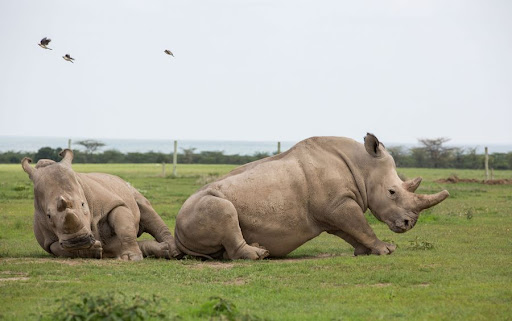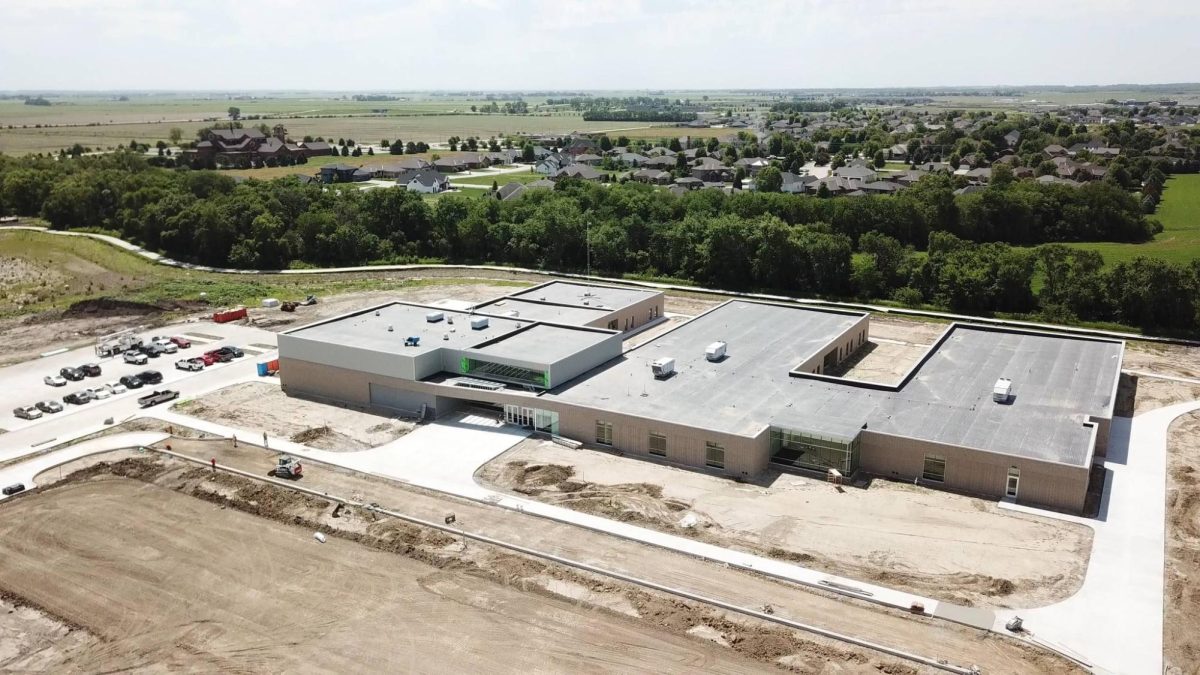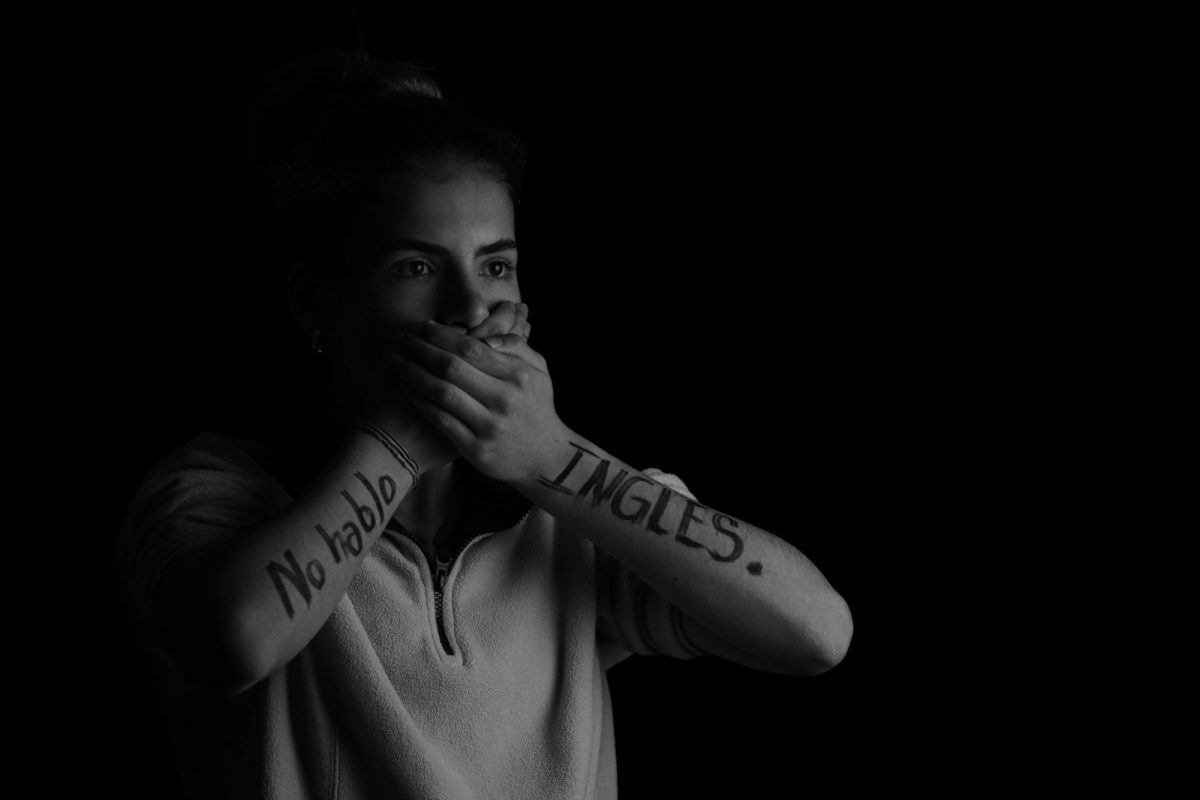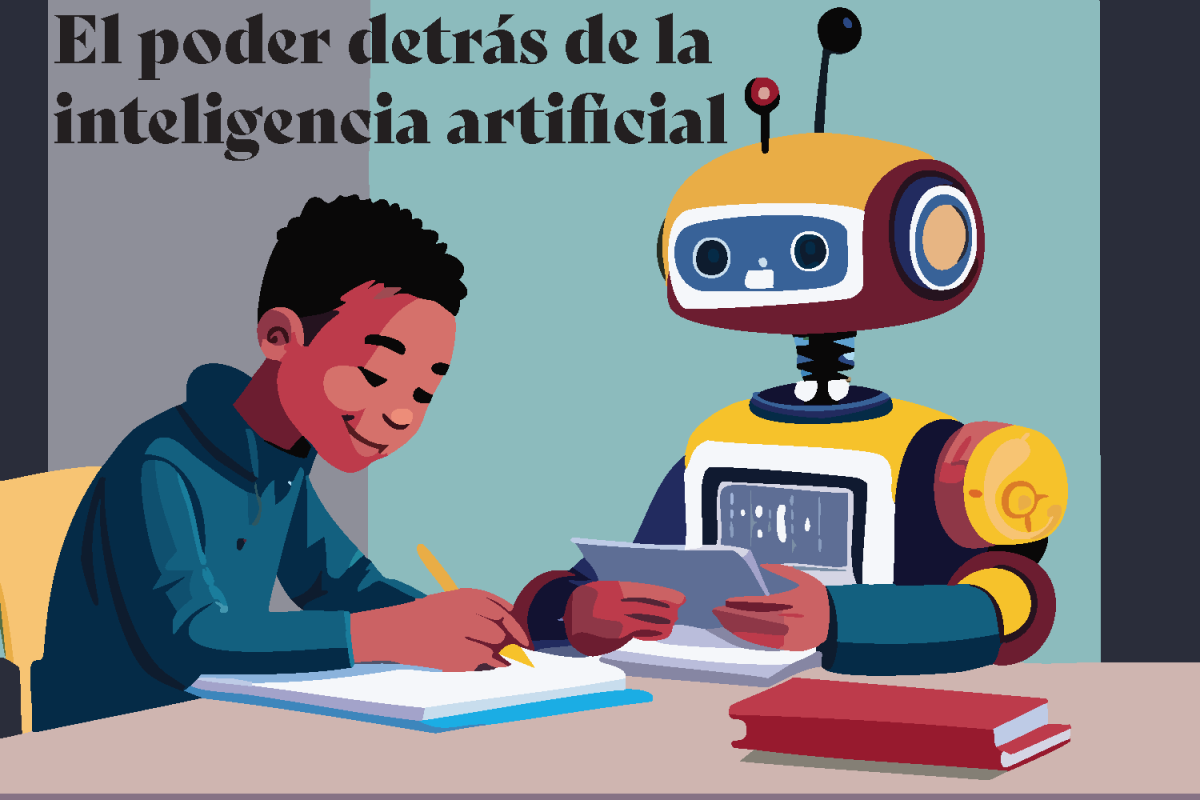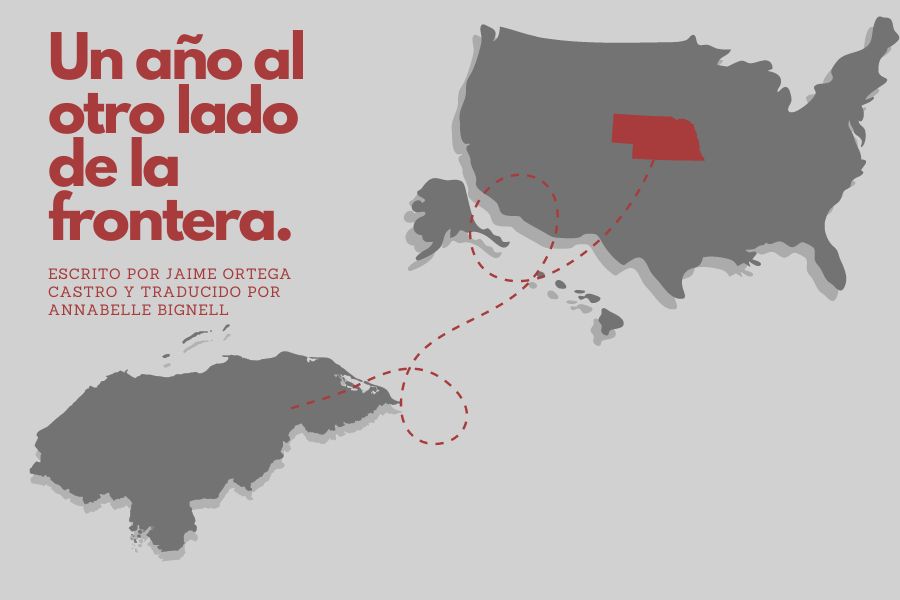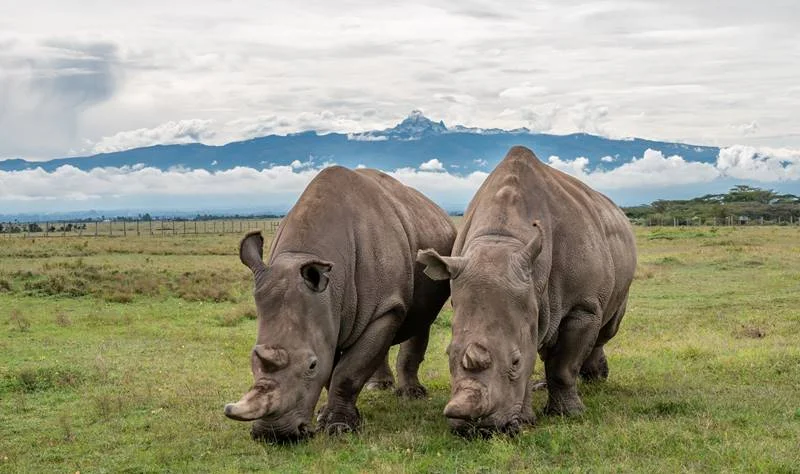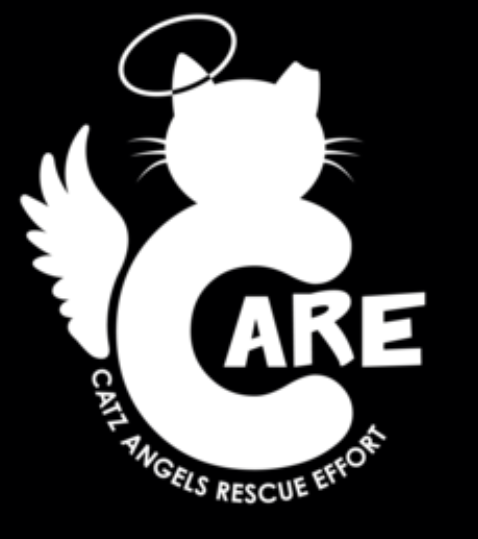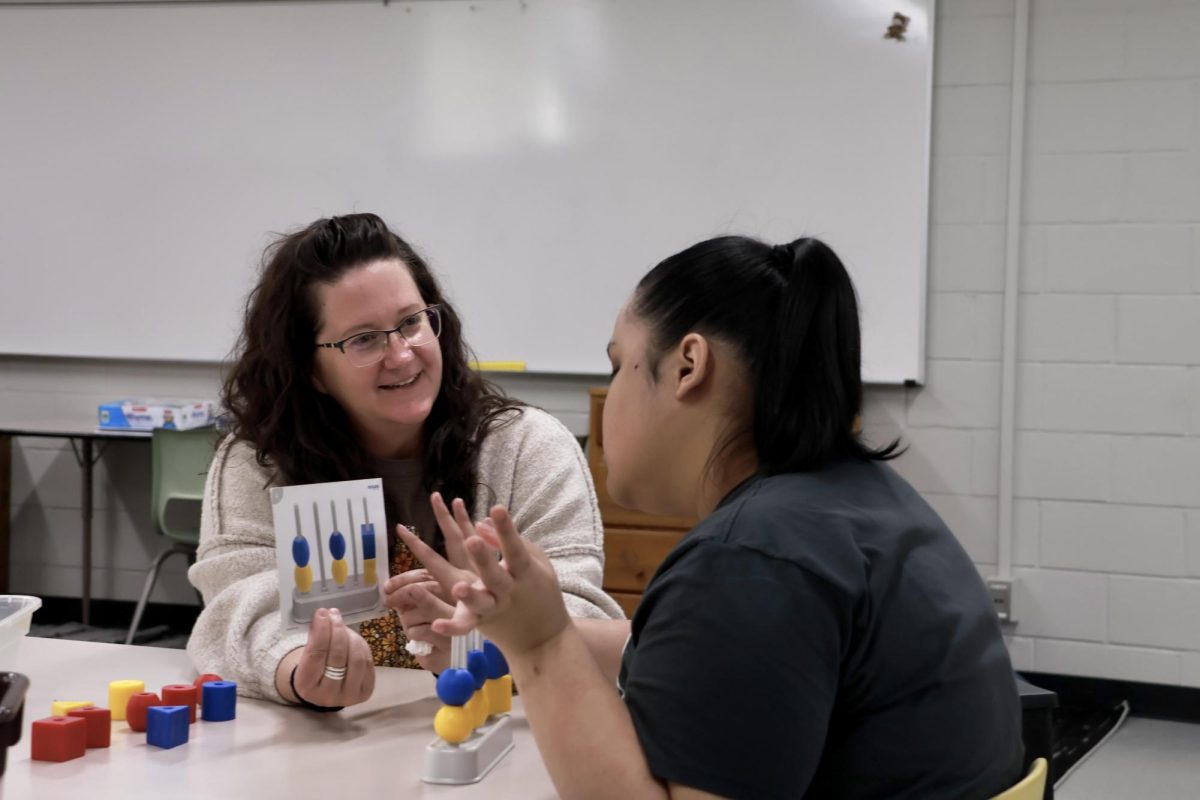Preservation isn’t unknown in the world of zoology, the concept has been around for decades. But, as species begin to dissipate as quickly as they have been in recent years, learning about the methods people have for preserving animal life can prove to give hope.
Its a well-known fact that the last male of the northern white rhino subspecies passed away in 2014, leaving the last surviving northern white rhinos, both females. In recent years, the scientists of the Ol Pejeta Conservancy in Kenya have been working out new ways to preserve this species.
Najin, the mother, and Fatu, the daughter are the last two remaining, leaving the subspecies functionally extinct, meaning they are no longer able to procreate. Before Angalifu, the last living male, passed, scientist Carly Young collected semen samples from him and stored them until recently, using a process called cryopreservation.

Cryopreservation, the process in which biological material is preserved using liquid nitrogen, has been successfully used many times in the past, being utilized to transport samples over long distances or store them over long periods of time.
The BioRescue consortium, led by the Leibniz Institute for Zoo and Wildlife Research, collected oocytes from Fatu, the youngest of the two Northern White Rhinos. Oocytes, or immature eggs, mature into an ovum, which, with the help of sperm cells, can form an embryo.
The process used to create an embryo is called intracytoplasmic sperm injection, or ICIS. This procedure has successfully worked on kangaroo eggs and sperm cells, so the hypothesis of the same process working on a different mammal isn’t too crazy.
Unfortunately, Najin is too old to support an embryo, and neither she nor Fatu is healthy enough. So, scientists with BioRescue turned to the possibility of a surrogate. Surrogacy isn’t unknown in the animal kingdom. The process has been studied for years before the dire situation of the Northern White Rhinos.
The idea is for a female Southern White Rhinoceros to carry the embryo to term, before giving birth to a Northern White Rhino.
The efforts of scientists have been reasonably questioned as the concept of harming or endangering the surrogate rhinos came into play. The ethics and further, the morals of subjecting an animal to a process that could potentially hurt them is causing some reporters to question the ethics of BioRescue.
After thorough ethical evaluation from the University of Padau in Italy, it was thankfully realized that no harm was caused to the surrogate Southern White Rhino mothers. Now, while this process has unfortunately not worked, there is still much hope for the Northern White Rhino.
Proof of pregnancy has been successfully achieved when attempted with Southern White Rhinos, though out of the several attempts with Northern White Rhino embryos, none have been successful.
In the future, the complete and total goal of these attempts and efforts will be to reintroduce the Northern White Rhino to the world of science as a living organism, not just a once-was, extinct animal.
